Most of the world is experiencing a decrease in extreme poverty, but one group of countries is bucking this trend: Poverty is becoming concentrated in countries marked by conflict and fragility. New World Bank estimates show that on the current trajectory by 2030, up to two-thirds of the extreme poor worldwide will be living in these situations, though they account for just 10 percent of the global population. Fragility, conflict, and violence (FCV) would reverse the development gains in many developing countries.
To stop this backsliding, the World Bank Group has significantly scaled up its efforts and launched its first strategy to more effectively support impacted countries across the globe. This blog summarizes what we are finding, and what the World Bank hopes to accomplish.
A problem twice that of just a decade ago
The new estimates find that the number of people living near conflict has nearly doubled since 2007. One in five people in these countries suffers simultaneously from monetary, education, and basic infrastructure deprivations. This creates a vicious cycle that erodes human capital, lowers people’s lifetime productivity and earnings, and reduces socioeconomic mobility. Half of the bottom fifth of countries in the World Bank’s Human Capital Index are fragile and conflict-affected. And these challenges impact both low- and middle-income countries.
Traditionally, fragile and conflict-affected settings are seen as needing humanitarian interventions, while development efforts can wait until after peace is negotiated. Humanitarian help is, of course, urgent and essential, but situations of conflict have become increasingly more complex and protracted. This has stretched humanitarian operations—such as those by U.N. agencies and civil society organizations—which are meant to operate in the short term. This has left millions of people facing uncertainty for years, or even decades.
Given the concentration of poverty in such settings and the increasingly protracted nature of conflict, development agencies who care about rapid poverty reduction but who have traditionally worked on post-conflict reconstruction, have been trying to find ways to engage before, during, and after situations of FCV. Addressing immediate FCV challenges and setting the foundations for peace and stability are necessary to reduce poverty over the long term, but direct poverty reduction efforts cannot wait until later. Here’s a telling fact: Countries chronically in fragility and conflict over the past two decades have seen their poverty rates stuck at over 40 percent, while countries that have escaped fragility during this same period have cut their poverty rates by more than half.
The ‘development complement’
There are several ways in which a longer-term development-oriented approach could complement essential humanitarian relief efforts. One area is crisis prevention, namely proactively addressing the root causes that drive conflict before they turn into full-blown crises either in a country or in bigger neighborhoods, for example in the Sahel or the Horn of Africa. The causes of violent conflict could include social and economic exclusion, inequality, climate change, lack of transparency and accountability, and breakdowns in justice and the rule of law. Prevention is therefore a critical pillar of the World Bank’s new strategy, because it saves both lives and resources. U.N. and World Bank estimates show that $1 invested in prevention saves $16 down the road. Conflict prevention is smart economics.
The second area is to make medium-to-long-term investments in situations of protracted conflict, with the goal of preserving human capital and strengthening local institutions. Building social safety nets focused on the most vulnerable, for example, while investing in system s that can ensure access to basic services like health, water and sanitation, and education, provides an important complement to humanitarian response. Encouragingly, this is what is happening in Yemen.
Third, in countries such as Somalia that are transitioning out of fragility and conflict, development support complementing humanitarian and peacekeeping efforts can lay the foundations for sustained and shared growth. A big part of this is to help create jobs by supporting micro, small-, and medium-sized enterprises. Coupled with building the capacity of governments to administer essential services, such investments can help restore trust in the community. And trust may be the cornerstone of all progress.
Finally, it is crucial to address the spillovers from conflict, particularly by helping refugees and the host communities. The rise in conflicts during the past decade has led to a record 25.9 million refugees across the world. About 85 percent of them are hosted by developing countries—for years and even for decades. Refugees invariably face challenges in access to legal rights, social services, and jobs, but it also puts great stress on host countries and communities. Countries like Ethiopia, Jordan, Turkey, and Uganda that host refugees are providing a global public good. Making investments to support refugees and impacted host communities, working with host governments on policy reforms that enable refugees’ right to work and move, and addressing the long-term development needs of refugees, are an important part of international development.
Reconstructing lives
Since its origin in the post-conflict reconstruction of Europe after World War II, the World Bank has been supporting development efforts of countries suffering from conflict, violence, and fragility. This experience informs the recently released FCV strategy. The strategy includes important changes to adapt the institution’s approach to working in these settings: a big increase in the number of staff on the ground in the most challenging settings, new ways to leverage technology to supervise projects in insecure areas, and partnering with an ever broader range of stakeholders such as the United Nations, peacekeeping forces, and civil society organizations to maximize the collective impact. Equally importantly, these shifts are backed by increased financing under the recently replenished International Development Association (IDA), the World Bank Group’s fund for low-income countries.
Forging and sustaining peace and inclusive development in fragile contexts can take decades, and progress is not guaranteed. Much of the work is still in uncharted territory, and the evolving development approach is risky also because of high levels of insecurity on the ground. But the risk of inaction is greater still.
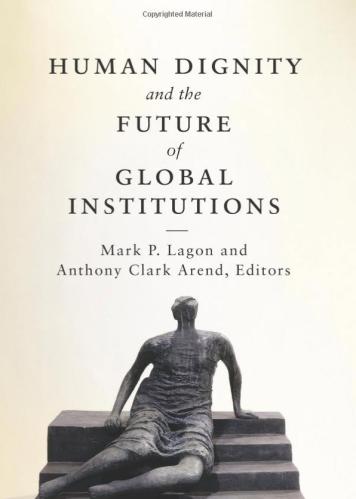
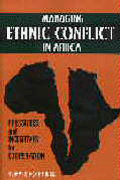
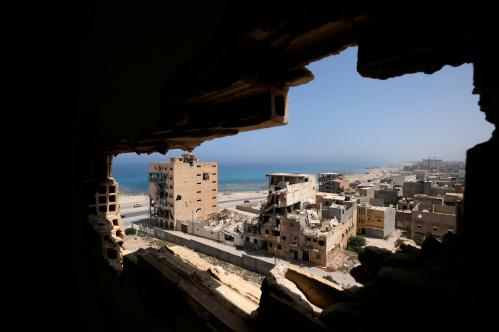

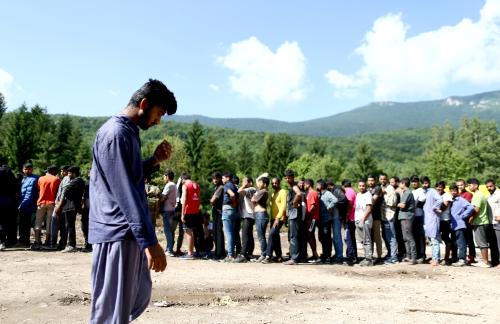
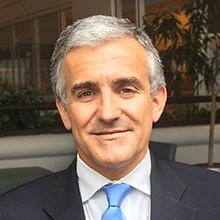
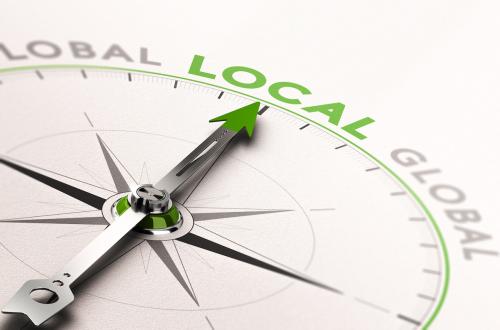
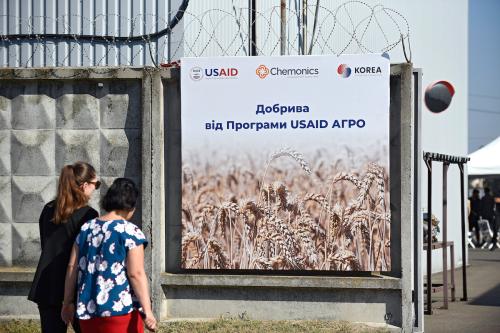
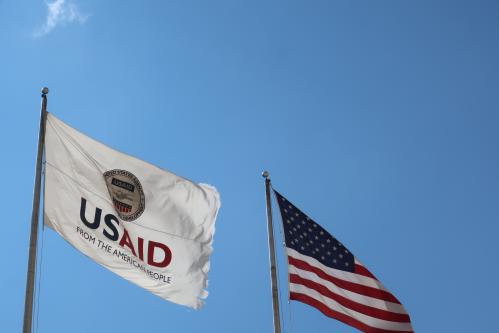
Commentary
To end global poverty, invest in peace
March 18, 2020